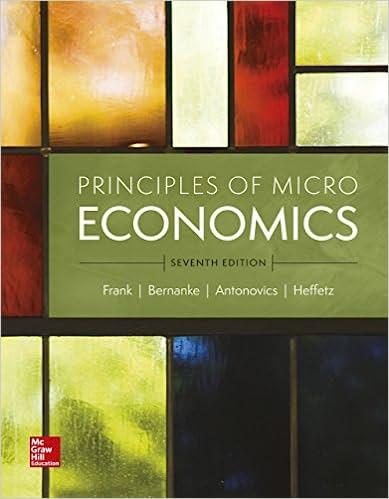Question
1. True or False. Write TR if the statement is true and FL if the statement is false. (1 point each item) ___ 1. An


1. True or False. Write TR if the statement is true and FL if the statement is false. (1 point each item)
___ 1. An integral part of budget accountability is the evaluation of the financial and physical performance of the LGU. This review and assessment of performance is necessary to introduce improvements and reforms to make the budget more transparent to the people and stakeholders.
___ 2. There are 5 phases in the budget process these are: 1. Quarterly Report of Income 2. Quarterly Financial Report of Operations 3. Quarterly Physical Report of Operations 4. Statement of Receipts and Expenditures 5. Physical and Financial Performance Evaluation Form.
___ 3. Every year, the budget would start from the beginning, from the Zero base, estimating new spending and revenues, and new programs. Thus, the effects from the past years will be forwarded and considered at the current year budget.
___ 4. Budget execution is the last phase in the Local Budget Process.
___ 5. Budget preparation phase involves cost estimation per PPA, preparation of budget proposals, executive review of budget proposals, and preparation of the LEP and the Budget Message and it is the second phase of the budget process.
___ 6. The primary purpose of budget review is to determine whether the Appropriation Ordinance has complied with the budgetary requirements and general limitations set forth in the Local Government Code of 1991, as well as provisions of other applicable laws.
___ 7. Traditional Budget It is also called "Line-item budget" in which expenditures and money allocation are made on an administrative-department basis, not on the basis of what departments really want to achieve. This kind is most used in many developing countries.
___ 8. Performance Budget focuses on the results or outcomes of an agency and not on how the activity/project would be performed.
___ 9. The expenditures and money allocation in the Performance Budget is determined based on how the activity/project would be performed in which information should be organized in terms of activities.
___ 10. Budget Authorization is the second phase in the local budget process. This phase starts from the time the Sanggunian receives the Local Expenditure Program (LEP) submitted by the LCE, and ends with the enactment of the Appropriation Ordinance and approval thereof by the LCE.
___ 11. Budget accountability does not cover the monitoring and analysis of all financial transactions, the recording of budgetary accounts in the registries, recording in the books of accounts of all receipts and expenditures and financial reporting of their current status.
___ 12. The execution of the budget involves the release of allotments, the certification of available appropriations and cash, the recording of actual obligations and disbursements of funds for approved PPAs and the delivery of goods and services to target clients in the most efficient, effective, economical and ethical way.
___ 13. The major idea of program budget is how the specific program would achieve the public objectives regardless of what the agency would perform this program.


Step by Step Solution
There are 3 Steps involved in it
Step: 1

Get Instant Access to Expert-Tailored Solutions
See step-by-step solutions with expert insights and AI powered tools for academic success
Step: 2

Step: 3

Ace Your Homework with AI
Get the answers you need in no time with our AI-driven, step-by-step assistance
Get Started


